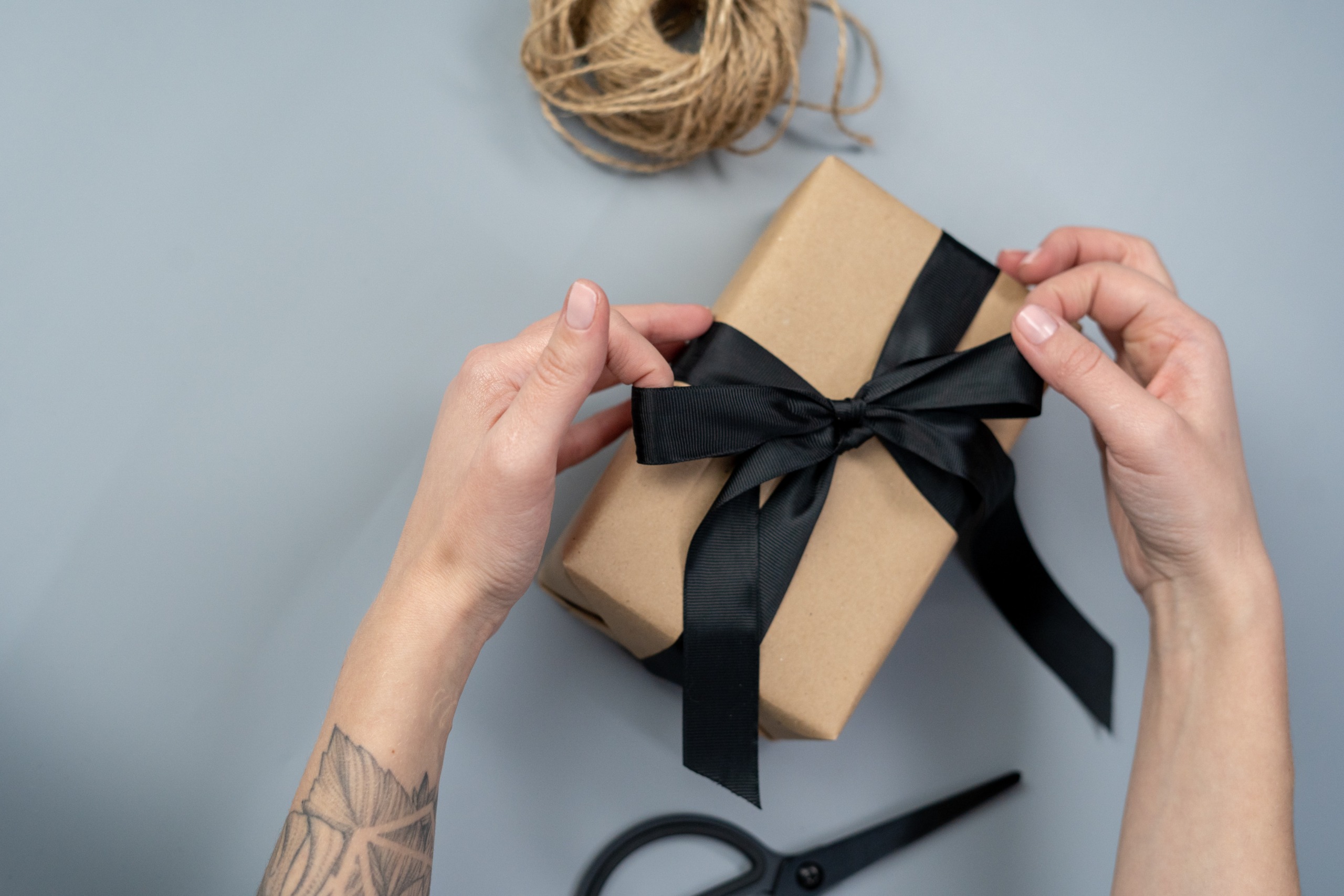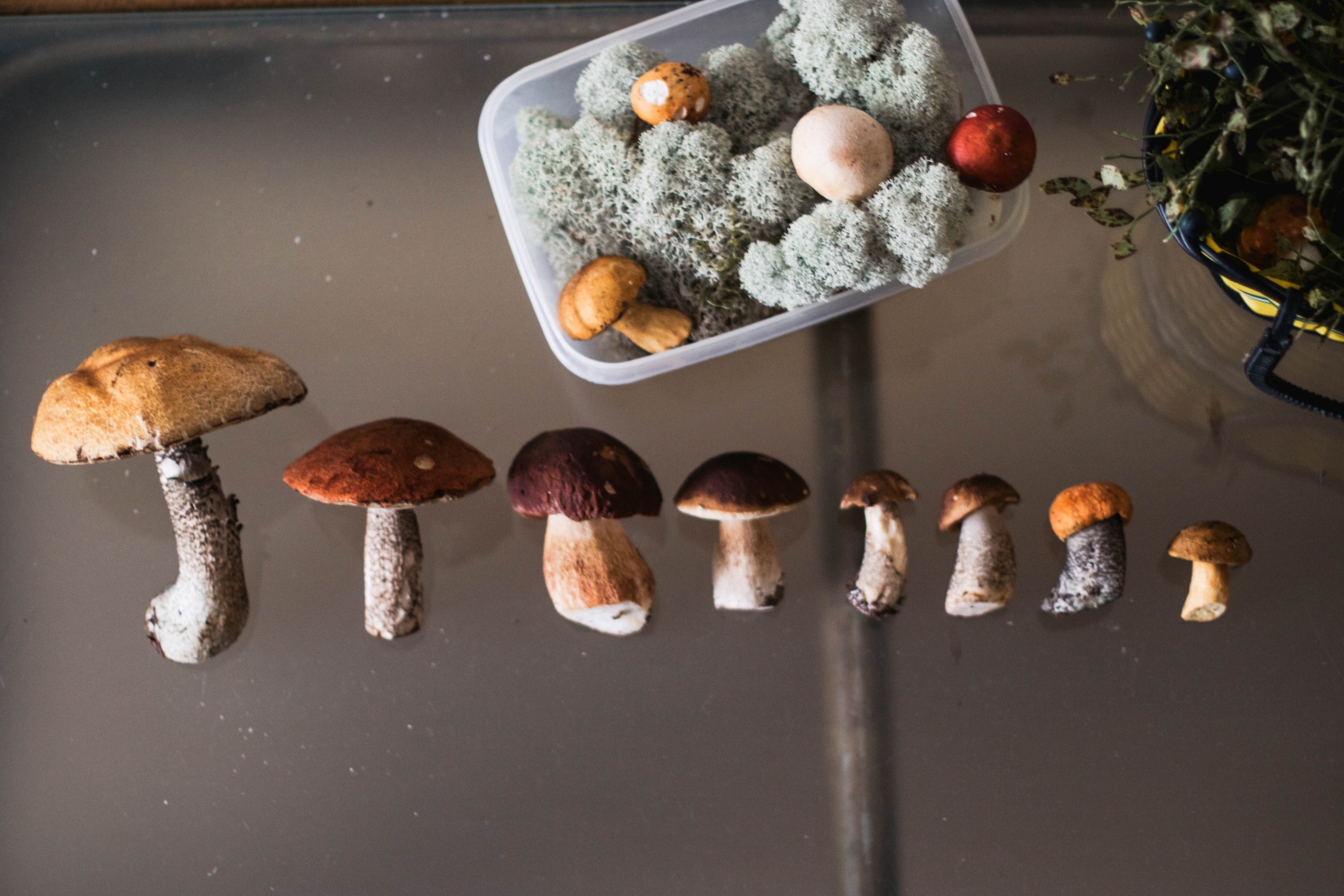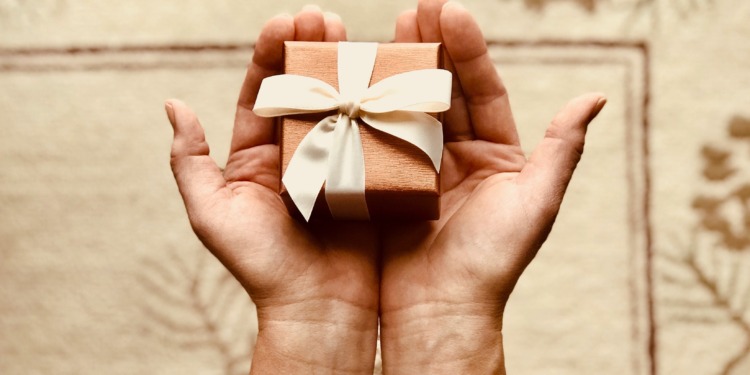What is eco-friendly? Why does it even matter?
Eco-friendly doesn’t have any scientific meaning, but rather refers to something that is more environmentally friendly than its conventional counterpart.
The reason that we have to be more proactive and aware of our actions is that our planet, Earth, is now facing far more danger than in previous decades. Based on a UN assessment, human use of the Earth’s natural resources has tripled in the last four decades.
Today, we spend more energy than ever before, and even more, energy is spent on the production of plastics, which are consumed at an alarming pace today, driving life on Earth ever closer to extinction.
It basically means that whether you’re delivering presents, managing a small business, or just wanting to know how your favorite products are doing in terms of carbon footprint, everything matters – including packaging that needs to be compostable, biodegradable, and recyclable. So, if you want to start being more eco-conscious in dealing with your packaging, we are here to help.
Time to say goodbye to all the plastics: Below are our favorite eco-packaging ideas that are good for your business and perfect for the environment.
Repurposed materials: Creativity is the key
All you need is a bit of creativity to find some repurposed materials from your everyday life, such as tote bags, old scarves, or even tea towels. They are all welcome!
For example, when sending out your product to customers, you could use some basic materials like old cardboard boxes and give them homely charm, with a “hand-written” (it can be typed but use an attractive font) thank you note or some personal words, giving your package a rustic vibe. Not only is it a great way to impress your customers, but it could also be a great way to protect your product and the environment.

Cellulose: A better kind of plastic
It might be a little surprising to mention the word “plastic” here because it has a lot of drawbacks. However, it is very hard to ignore the durability, flexibility, and simplicity of use.
Related Articles: Sustainable Shipping: 5 Packaging Tips to Make Your Business Greener | Food Packaging: Can ‘Reuse’ Defeat ‘Single Use?’
Consequently, the search for a more sustainable substitute has been continuing for some time, and cellulose is edging closer. It is often composed of natural materials such as hemp, wood, and cotton, making it biodegradable and compostable. It’s also relatively sturdy and moisture-resistant, ideal for packing food.
Cornstarch: From waste to packaging material
Cornstarch packaging is part of a larger trend of new bioplastics developed from agricultural waste or leftovers.
Briefly, cornstarch is one of the alternatives to plastics used popularly in every takeaway food business for the reason that it is 100% food-safe with a high aroma barrier and resistant to oils.
Perdue Farms will start packaging some of its meat products in a more earth-friendly way with compostable foam made of cornstarch that disintegrates under running water https://t.co/9pFwxaFxI3
— CNN (@CNN) January 7, 2020
Another good thing about cornstarch is that there is no such thing as “scarcity” for this material, plus it is affordable.
Mushrooms: Sturdy and light
Mushroom packaging, another trendy alternative to styrofoam (petrochemical from petroleum), is manufactured from mycelium, a fungus found in mushrooms. As a result, the packing material is strong enough to retain things and maintain them in place.

When shipping items, Keap, a candle subscription company, uses mushroom packaging. The material has sturdy and lightweight features that allows them to ship things securely while being environmentally friendly.
Minimalism: Less is more
“Keeping it simple” is one of the most effective ways to make your packaging greener. Minimalism simply refers to using few materials. The idea is to reduce waste by avoiding recourse to more resources: The goal therefore is to keep the same resources circulating continually across the full product life cycle as it relates to the environment: Use, reuse, recycle, process, design, and generate.
The purpose is to extend the life of a product by converting it into a resource input for another. When you prolong the lifecycle of the product, it means that you are eliminating or delaying the disposal process. That is the core concept of the circular economy.
And this leads us to another great way to ensure your packaging is eco-friendly.
Returnable packaging: Old but gold
Making your package returnable ensures it is part of the circular economy and it can be enjoyable too. In fact, you might even provide an incentive – whether financial or a loyalty program – to encourage your consumers to participate.
Back then, in a simpler time, returning milk bottles to the milkman was a commonplace habit. A few (very few) creamery enterprises today, such as Straus Family Creamery, provide a comparable service. Customers receive a $2 deposit back if they return the bottle, and the bottles are reused five times before being recycled.
This old but gold strategy is definitely worth it because it is a solid circular approach and you don’t have to worry about harming the planet.
Although there are many ways to improve the sustainability of your packaging, what will work best for you will very much depend on what kind of business you are engaged in and what is the business environment you are facing, from local laws and regulations to your network of suppliers.
You may find that you have to change your supplier in order to source environmentally friendly packaging materials. Or you may face local legal requirements or even traditions and conventions that restrict your options. So before you embark on change, you will need to make sure that it is possible to accomplish.
The easiest approach to accomplish this is to take things one step at a time, assess the outcomes, then learn to expand.
Editor’s Note: The opinions expressed here by the authors are their own, not those of Impakter.com — In the Featured Image: An example of eco-friendly packaging. Featured Photo Credit: Kim Stiver.










